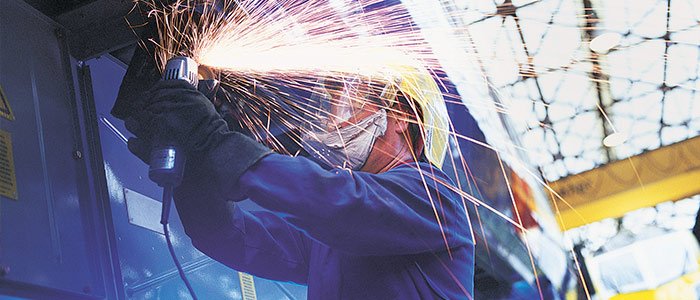Amputation injuries, generally defined as losing a limb or an appendage (either completely or partially), are some of the most traumatic injuries related to the faulty application of lockout/tagout procedures. In analyzing data from both general and targeted industries, OSHA found that amputation-related injuries were being under-reported. As a result, it implemented a National Emphasis Program (NEP) in 2015 to help identify and reduce workplace machine and equipment hazards. What happened? OSHA decided an NEP was needed when it analyzed a combination of data from the Bureau of Labor Statistics (BLS) and OSHA inspections. OSHA officials studied mandatory reporting dates based on their North American Industrial Classification Code System (NAICS) and cited employers when they encountered evidence of medical treatment for amputations but no noted entries on their OSHA logs. How does an NEP work? OSHA established an amputation-related NEP in 2006 and enhanced it in 2015, increasing the number of industries inspected under the program. The NEP targets inspections for employees exposed to potential injury during normal operations of machinery. Those operations related to lockout/tagout include clearing jams in machines; cleaning, oiling, or greasing machines or machine pans; and locking out machinery to prevent accidental start-up. Progress report? The aim of an NEP is to target compliance and enforcement efforts to places where workers are at greatest risk, and to engage employers in the effort to identify and eliminate those serious hazards. In essence, when a serious injury such as an amputation happens, OSHA wants employers to evaluate their own processes and equipment and determine what went wrong, putting part of the investigative onus on the employer. In the first full year of reporting, employers notified OSHA of 10,388 severe workplace injuries that included 2,655 amputations. But thorough reporting, investigative and enforcement efforts are making workplaces safer.
OSHA is Working to End Traumatic Injuries in the Workplace





